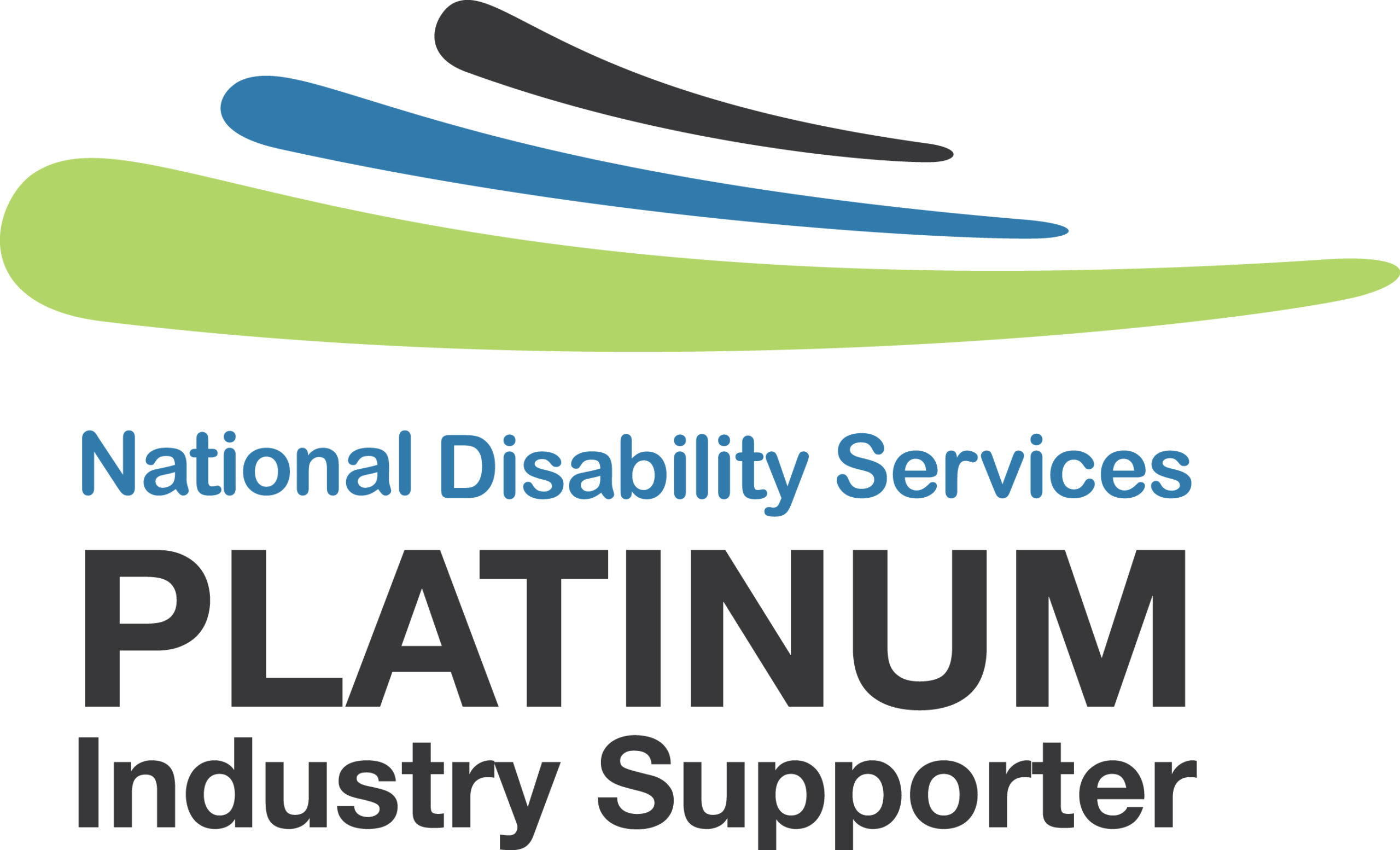In a welcome plot twist that surpasses many of the Federal Government’s last-minute decisions, Support at Home has been officially delayed until November 1. This means you now have more time to ensure a smooth Support at Home transition, setting up your systems to ensure no revenue leakage.
With that in mind, we recently streamed the second episode in our Support at Home webinar series, where we unpacked what claiming will look like under the new program – and what potential challenges you will need to overcome to claim with confidence.
You can watch the episode here or read our summary below – and book a free demo if you want any more details on how quickclaim can help you safeguard your cashflow through Support at Home. We’ve got you covered.
What changes are coming with Support at Home?
The important thing to note is that frontline services won’t be changing – but who pays for these services is. In simple terms then, the most material change you will see is how you get paid for delivering services.
Truthfully, Support at Home claiming has the potential to be a complex thing. But as we said, the good news is that you now have more time: you can now test your systems and ensure you can fully claim and be paid from November 1.
How will your claiming change?
Your claiming processes will change in big ways, but we’re here to walk you through this change, step by step.
Prepare data
The type of data that you need to prepare in order to claim successfully is changing. Your billing needs to incorporate the following:
- Itemised claiming
- SaH service catalogue
- Pricing, including brokers.
Get paid
Getting paid includes submitting claims and handling resulting rejections, but you also need to ensure you have the appropriate attachments for audits or reviews. These attachments include medical certificates and receipts.
As important as anything is understanding the co-contributing amounts, including funding splits between government and individuals.
Care management
A big change that you will see is the (massive) reduction in care management, meaning that you now have to do more with fewer resources.
This results in the need to capture time effectively, precisely track the 10% target, and claim for activities.
Issue statement
For Support at Home, you will need to align with constant claiming, tracking what’s been paid, what’s outstanding, and what’s held over – downloading statements for reconciliation. As above, a major part of this will be understanding co-contributions.
60 days to claim
Support at Home will also introduce ‘daily’ claiming – no more bulk claiming each month. You also have up to 60 days from the end of the quarter to claim.
Unspent funds
As we’ve discovered working within the NDIS, plan utilisation is a key component of service provision for all parties. Within Support at Home, $1,000 or 10% of quarterly budget rolls over to the next quarter – e.g., a Day 61 rollover.
Do you need more information?
You can learn about how APIs can support you with all of the above in our first Support at Home Readiness blog, or watch our webinar below.
























